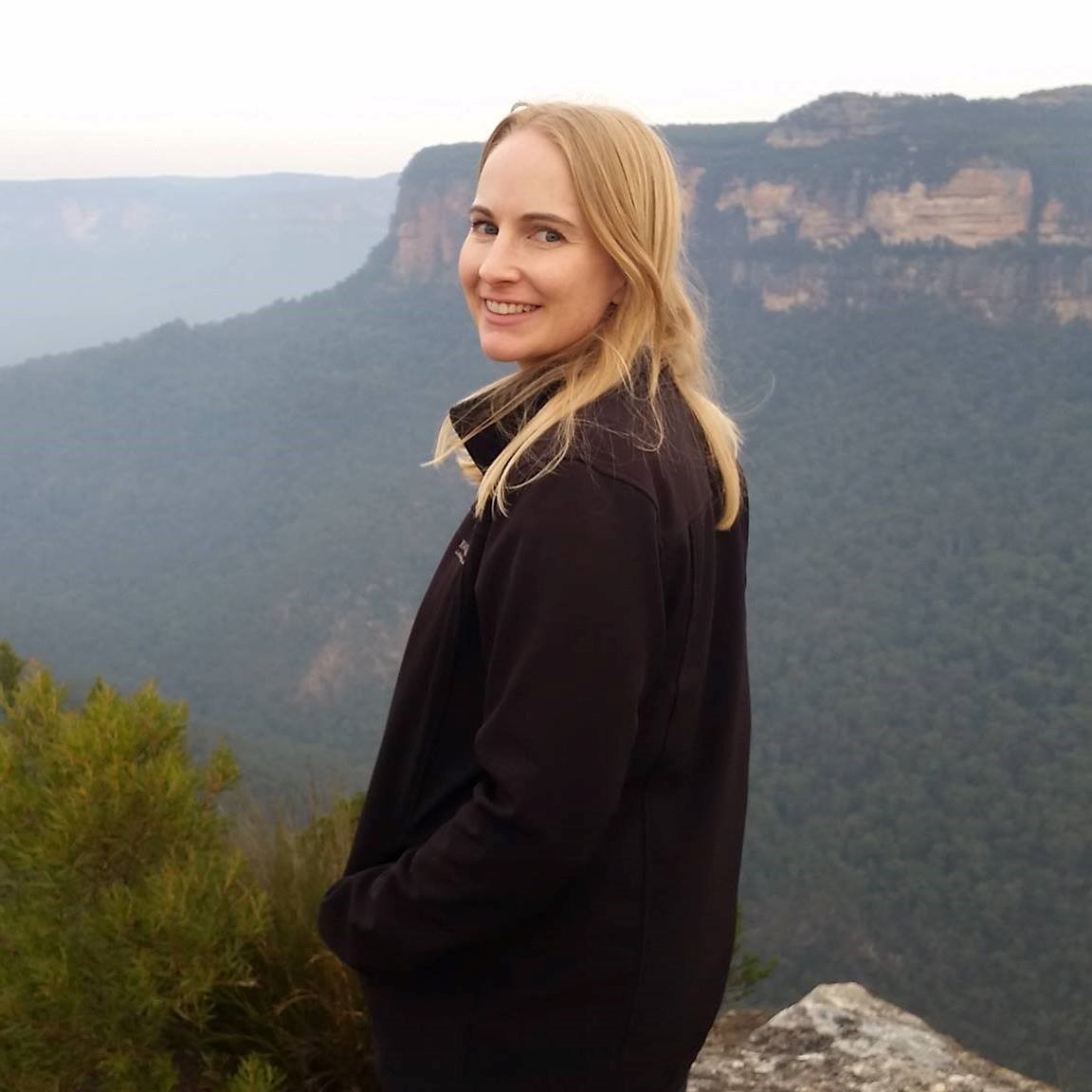Healthy ecosystems supply us with the vital services that underpin all life on earth, such as clean air and water, food and fibre, pollination and fertile soils. Connection to nature also provides us with other significant benefits, such as a sense of place and identity, areas of spiritual and cultural importance, creative inspiration, intellectual curiosity and adventure.
Over the past decade, an extensive and growing number of studies clearly demonstrate the multitude of positive impacts that nature has on our social, mental, cultural, and physical health and wellbeing. Connecting with and experiencing nature, whether that be in remote protected areas, or enjoying natural green spaces in our cities, leads to happier, healthier communities.
But nature is disappearing at a rapid rate. We are at a critical crossroads with more species threatened with extinction than at any time in our history. Our landscapes are becoming more degraded and fragmented, habitat loss is escalating, and the impacts of climate change are already devastating our environment and communities across the globe. And the once close bonds between people and nature are being eroded, to the detriment of all.
Despite this, investment in and prioritisation of conservation, has declined significantly in many countries over the past few decades. The world is not on track to meet critical international environmental and climate goals including the 2015 Paris Agreement, 2020 Aichi Targets and the 2030 Sustainable Development Goals.
The COVID-19 pandemic is a stark reminder that we cannot continue to ignore the interdependence between ourselves and the natural world. If we are to curb the emergence of new diseases and pandemics and create healthier, more resilient societies, we need to take a more holistic view of public health and ensure a flourishing environment by tackling the underlying causes of the problem - our destruction of, and conflict with, nature. Business-as-usual approaches to conservation are no longer sufficient to change the perilous course we are on.
Key international meetings in the next few years, including the IUCN World Conservation Congress, the Conference of the Parties (COP15) to the Convention on Biological Diversity, and the 26th Conference of the Parties (COP26) to the United Nations Framework Convention on Climate Change, will set the tone and vital agenda for environmental action over the next decade.
This is a rare and critical opportunity for the world to reimagine conservation and to lead the transformative change needed to tackle the climate and biodiversity crisis as well as to ensure that the health-culture-nature connection is forefront and centre of all future goals, frameworks and policies.
I hope to see the IUCN World Conservation Congress outcome building on the 2014 IUCN World Parks Congress’ ‘Promise of Sydney’, which recognises that human existence depends on ecosystems, and that rebalancing the relationship between human society and the environment is essential. The World Conservation Congress is a chance to set the agenda for securing a healthy environment and to position nature as providing effective, long-term, and cost-efficient solutions for ensuring our societies thrive into the future.
The 2020 Healthy People in a Healthy Environment publication released by the Australian Committee for IUCN outlines six key directions which seek to inspire and facilitate a whole-of-community approach to implementing policy and action that achieve positive human and environmental health outcomes.
These include:
- Adopt an integrated, cross-sector approach to designing and implementing evidence-based health-nature policies, programs and research.
- Ensure equitable access to nature for all.
- Opportunities to connect with nature through experiences, activities and learning should be readily available to all Australians.
- Traditional knowledge and understanding of the relationship between healthy country and healthy people should be shared and embedded in learning, policy and practice.
- Raise awareness of the value of nature for human health and wellbeing.
- Co-design and align socio-cultural and ecological outcomes and measures across health and environment sectors.
The extensive global network of IUCN Members and Commissions, such as the IUCN WCPA Health and Wellbeing Specialist Group, can play a major role in driving this agenda and in repositioning the environment as a valuable community health asset that should be invested in and protected, now and into the future.
Because as with all living animals, we need healthy habitat to survive and thrive in a rapidly changing world.
About the author

Tandi is the Director of the Australian Committee for IUCN (ACIUCN), which provides a focus for local IUCN Members to advance the network’s global mission and programme in Australia. She is a senior manager with over fifteen years of experience in the not-for-profit, corporate and government sectors, and a Master of Science in Biodiversity Conservation.
Before taking on the role at ACIUCN, she held senior positions at several Australian environmental organisations including the National Parks Association of New South Wales, the Great Eastern Ranges Initiative and Greening Australia.
Tandi is also a Board member of the Great Eastern Ranges initiative and member of IUCN's World Commission on Protected Areas, Species Specialist Commission, Commission on Communication and Education. She is an active participant in the IUCN Connectivity Conservation Specialist Group and IUCN Health and Wellbeing Specialist Group.
She has broad experience in conservation and restoration across public and private land; community outreach; science communications; strategic planning; and program and business development.



